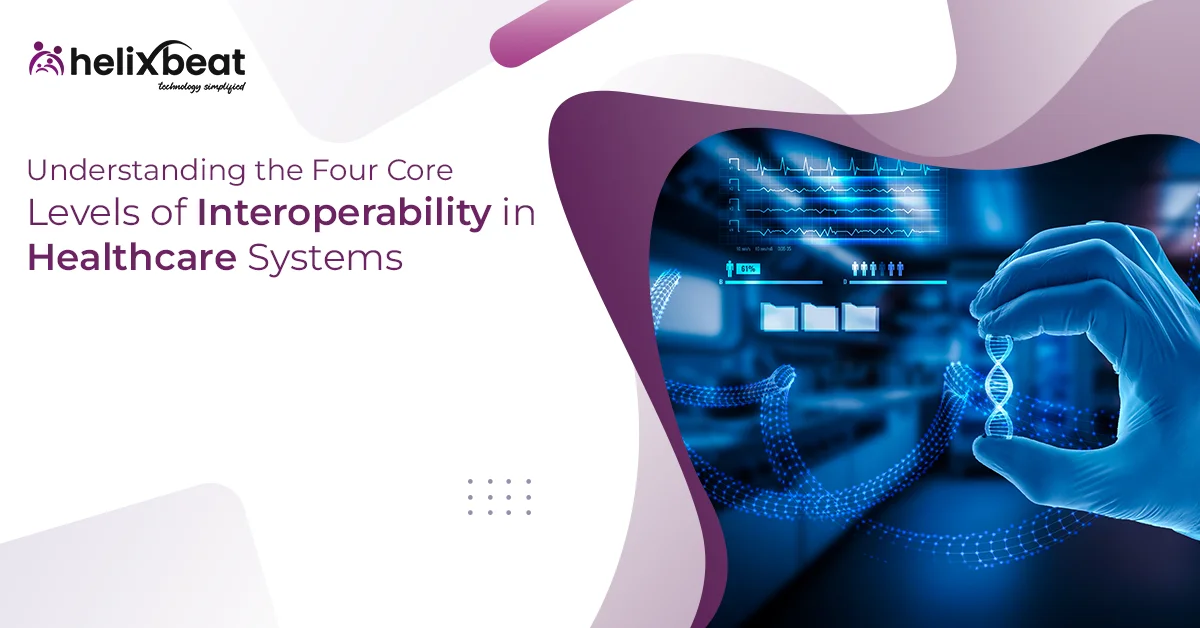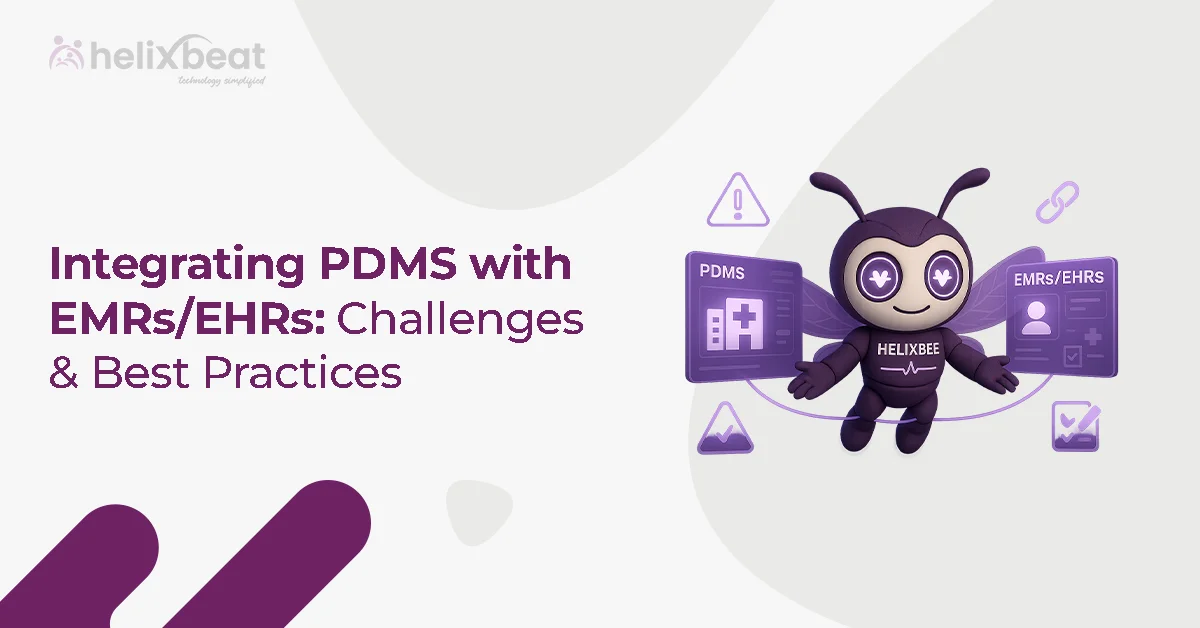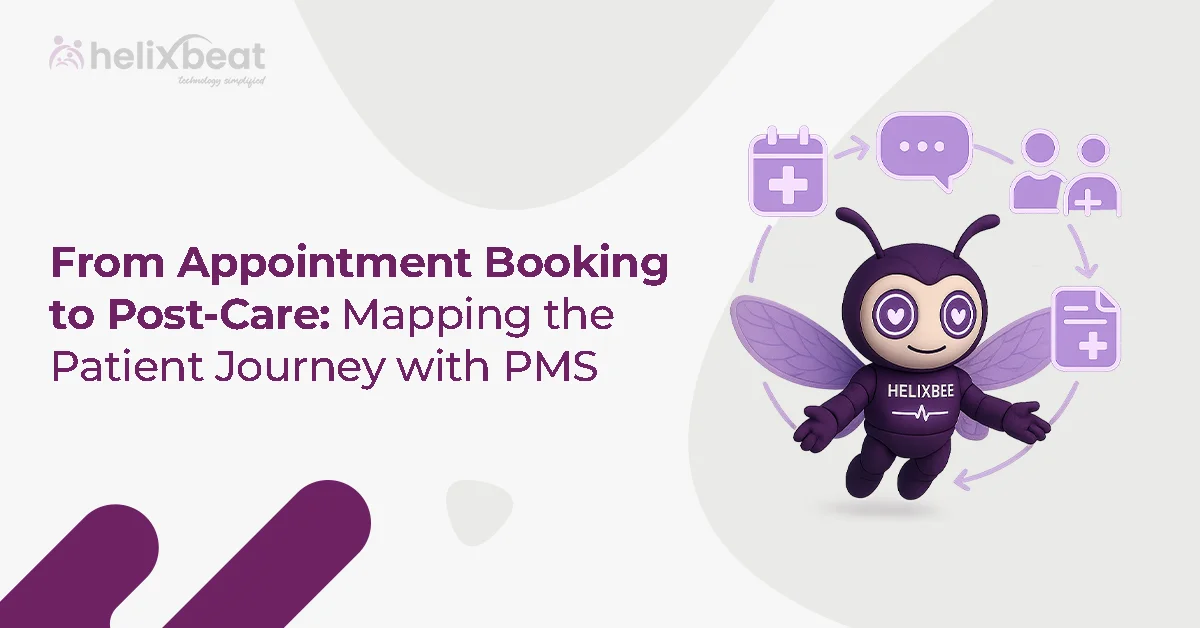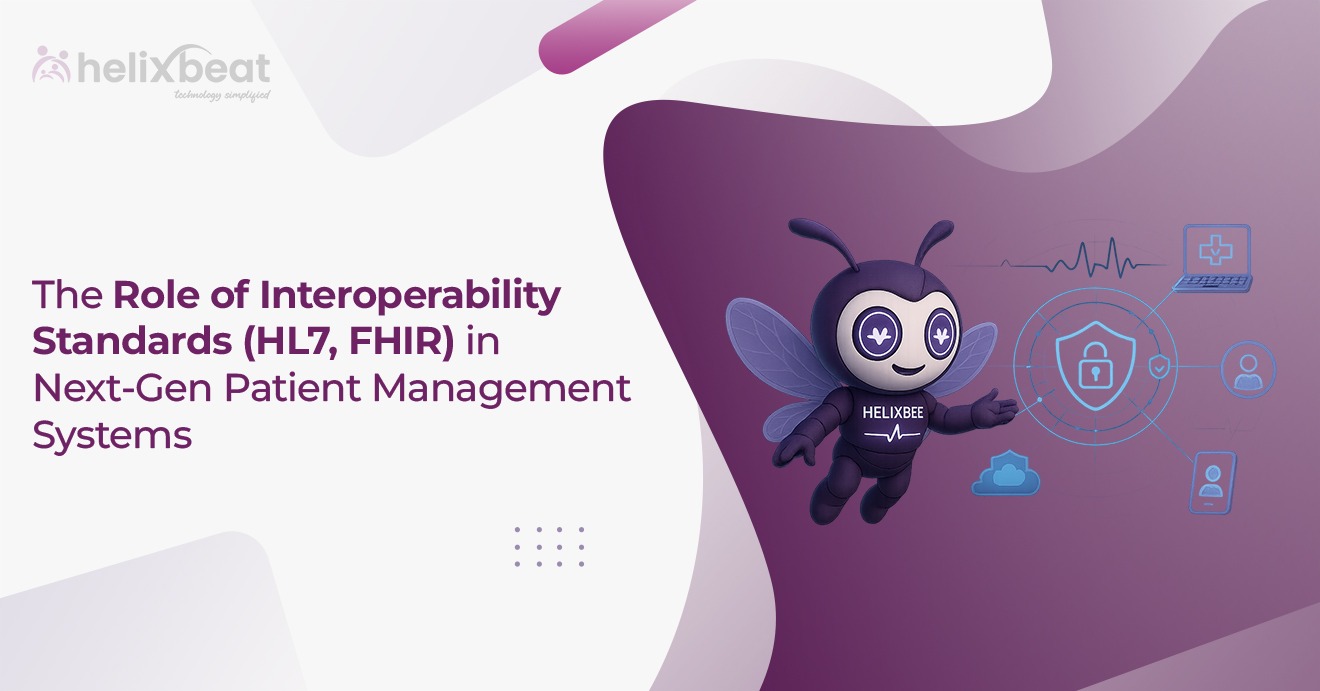Today, healthcare data is everywhere—but making sense of it across different systems is where the real challenge lies. That’s why interoperability in healthcare is a prerequisite for effective care. When medical records, lab results, and treatment plans reside in different systems that don’t communicate with each other, care becomes disjointed and frustrating—for both doctors and patients.
Interoperability helps fix that. It connects the dots, making it possible for information to flow smoothly between systems, so care teams can work together better, patients get more personalized support, and outcomes actually improve.
However, achieving that level of connection doesn’t happen all at once. It’s a journey—one that moves through four key stages. From simply being able to share data to actually understanding and using it across platforms, each level brings us closer to a smarter, more connected healthcare experience.
Let’s take a closer look at these four core levels of interoperability in healthcare—and why they matter more than ever today.

Table of Contents
What Is Interoperability in Healthcare?
Before we explore the levels, it’s important to understand the term itself.
Interoperability in healthcare refers to the ability of different information systems, devices, and software applications to access, exchange, integrate, and use health data in a coordinated manner across organizational, regional, or national boundaries.
When interoperability is done right:
- Patient histories follow them across hospitals.
- Lab results are instantly visible to treating doctors.
- Providers can process insurance claims without reams of paperwork.
- Policymakers can aggregate public health data for better policy decisions.
This connectivity enhances decision-making, streamlines operations, and reduces costly redundancies.
The Four Levels of Interoperability in Healthcare
We can break down healthcare interoperability into four levels: foundational, structural, semantic, and organizational. Each level addresses a different aspect of how systems communicate and collaborate.
1. Foundational Interoperability: The Basics of Data Exchange
At its core, foundational interoperability allows one information system to send data to another.
Let’s say Hospital A sends a patient’s discharge summary to Hospital B via a secure electronic channel. Hospital B’s system receives the file—but whether it can interpret the content or not doesn’t matter at this stage. The goal here is just to transmit data accurately.
This level answers questions like:
- Can System A talk to System B?
- Is the data successfully transmitted?
- Is the basic technical infrastructure in place?
Real-world examples
- Sending HL7 messages between two hospital systems.
- Transferring PDFs of radiology reports via secure email.
- Uploading CSV files from one EHR to another.
Limitations: Foundational interoperability cannot interpret the meaning behind the data. The receiving system may not be able to process it without manual input.
2. Structural Interoperability: Standardizing the Format
Structural interoperability adds structure and format to the data exchange. It defines how data should be packaged so the receiving system can parse and display it accurately.
Think of it as sending a recipe in a specific template—each section (ingredients, instructions, servings) is clearly labeled. Even if the chef doesn’t understand the dish, they know where to find each element.
In healthcare, structural interoperability typically uses standards like:
- HL7 v2 and HL7 v3 (messaging)
- FHIR (Fast Healthcare Interoperability Resources)
- C-CDA (Consolidated Clinical Document Architecture)
- DICOM (for imaging data)
Example in action
A physician sends a Continuity of Care Document (CCD) to a specialist. The CCD has structured fields for allergies, medications, diagnoses, and procedures. The specialist’s system can display this information in the right sections.
Why it matters: Structural interoperability creates consistency, reducing the risk of errors that arise from misinterpreted or misplaced data.
3. Semantic Interoperability: Speaking the Same Language
Now comes the game-changer—semantic interoperability.
At this level, not only is data transmitted and structured, but its meaning is also preserved and understood by the receiving system. This means two systems can interpret the data in the same clinical context without human intervention.
Imagine a system in Hospital A records a diagnosis using the SNOMED CT code for “Type 2 Diabetes Mellitus.” When this data reaches Hospital B, the receiving system recognizes it as the same diagnosis, even if it uses a different interface or language.
Standards that enable semantic interoperability include
- SNOMED CT (clinical terminology)
- LOINC (for lab tests)
- ICD-10 (diagnoses)
- RxNorm (medications)
Why it’s crucial
- Reduces errors in diagnosis and treatment.
- Enables automated decision support.
- Supports AI and analytics in real-time.
Example
A clinical decision support system flags a potential drug interaction because it understands both the patient’s condition and the medications prescribed, thanks to semantic consistency.
4. Organizational Interoperability: Aligning People, Policy, and Technology
Even if two hospitals have the best tech stack and standardized data formats, they won’t collaborate unless their workflows, governance, and policies align. That’s where organizational interoperability comes in.
This level focuses on the human, legal, and policy aspects that allow different institutions to share data responsibly.
Key elements include
- Data-sharing agreements and consent management.
- Alignment of privacy regulations (HIPAA, GDPR, etc.).
- Workflow integration across care teams.
- Trust frameworks and access controls.
Why it’s important
Without organizational interoperability, even the best data exchange tools can’t function across institutional boundaries. Trust, legal frameworks, and process integration play a vital role in true interoperability.
Four Levels of Interoperability in Healthcare
| Level | Definition | Focus Area | Key Standards / Tools |
| 1. Foundational | Ability to transmit data from one system to another | Basic data exchange | HL7 v2, Direct Messaging |
| 2. Structural | Standardized format and syntax for data exchange | Organizing data into understandable formats | HL7 v3, FHIR, C-CDA, DICOM |
| 3. Semantic | Ability of systems to interpret and understand exchanged data | Preserving the meaning of data | SNOMED CT, LOINC, ICD-10, RxNorm |
| 4. Organizational | Policies, governance, and workflows that facilitate cross-system collaboration | Legal, ethical, and administrative alignment | Data sharing agreements, consent management protocols |
AERIS: Powering Real-Time Data Exchange for True Healthcare Interoperability
Achieving full interoperability in healthcare requires more than just compatible systems—it demands intelligent, real-time data flow across the entire care ecosystem. That’s where AERIS comes in.
AERIS is a cutting-edge real time data exchange solution purpose-built to bridge the gaps between disparate healthcare systems. With support for interoperability standards like HL7 and FHIR, AERIS seamlessly operates across all four levels of interoperability—from foundational data exchange to full organizational alignment. It doesn’t store data—instead, it acts as a smart, secure conduit, mapping and translating health information into usable, context-rich formats as it moves between systems.
Key Benefits of AERIS
- Real-time data exchange without delays
- Compatible with legacy and modern health IT systems
- Converts data into usable FHIR resources
- Boosts care coordination and decision-making
- Strengthens compliance with privacy and consent protocols
In a world where patient-centered care depends on connected insights, AERIS empowers healthcare providers with the clarity, speed, and structure they need—when it matters most.
Final Thoughts
Understanding the four levels of interoperability in healthcare—foundational, structural, semantic, and organizational—is necessary for building a system that communicates, collaborates, and cares effectively. Together, these levels unlock a future where healthcare is not just connected, but also intelligent, responsive, and patient-focused.
Explore AERIS today and witness how you can pave the way for smarter care tomorrow.
FAQs
What are the four levels of interoperability in healthcare?
Foundational, Structural, Semantic, and Organizational.
What’s the role of FHIR in healthcare interoperability?
FHIR provides a modern API-based standard for exchanging healthcare information across systems.
How does interoperability impact patient outcomes?
It provides clinicians with complete and timely data, leading to better diagnosis, treatment, and care coordination.
Why is organizational interoperability important?
Because it involves aligning policies, legal agreements, and workflows to allow data exchange between institutions.
How does structural interoperability work?
It organizes exchanged data into standard formats, such as HL7 or FHIR, so systems can parse and present it accurately.














